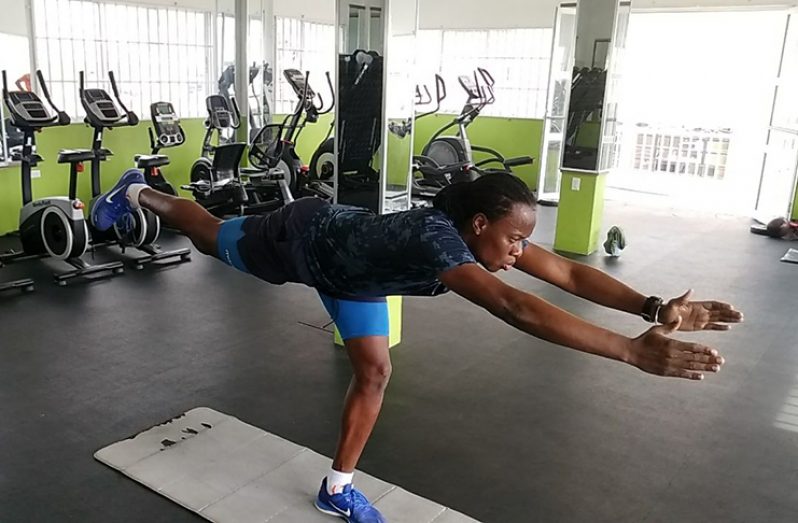With Neil Barry
THERE is an analogy used by Steven Covey, author of The 7 Habits of Highly Effective People, in which he describes the importance of having both the clock and the compass.
The compass refers to your direction–your long and short-term goals, whatever they may be. The clock refers to the time you set to achieve those goals. With the compass you may eventually achieve your goals, but without the clock, it may take too long.
In this volume of ProFormance we’ll look at the importance of applying this concept to achieving athletic goals. Elite athletes commonly have the compass–many short-term goals that lead to long-term achievements, and the clock–a timeline that helps them determine what to do and when they should be doing it.
What is Periodization
A great example that illustrates Periodization is track and field. Usain Bolt only runs sub-10 second races a handful of times a year, and 800M world record-holder David Rudisha is often seen as sluggish until the ‘big races’ where he performs incredible feats of speed and endurance that challenge the science of human performance limits. The take away there is that even the best athletes cannot sustain such levels of performance all year. The shining performance is like a type of flower that blooms once a year. It goes through several cycles of development before a spectacular bloom one special night, then it goes through a period of rest and preparation begins all over again.
Periodization refers to planned sports training with time to address specific performance goals. Successful athletes and their coaches/trainers consider the following:
The goals–what performance do we want to achieve?
The physical adaptations needed to achieve those goals- strength/power, speed/agility, endurance, and technique changes; keeping in mind that it could be a combination of them all.
The periods during which each component will be addressed.
The competition period.
And importantly, the rest/recovery period.
Aspects of periodization
In planning for your season, I encourage athletes to plan backwards from the end of the competitive season. The end of the season is usually the time when athletes want to produce their best performance, it may be the final of a competition, or the final race of the season. Keep in mind that for some athletes, the time to produce their best may be early in the year, as in the case of some of our local athletes competing at the Junior CARIFTA games.
Once you’ve selected what can be called your “Peak Season”, it’s important to consider how you will prepare for it, and the time you have before that season. During that time athletes can build the required levels of fitness.
In building towards your peak season, you should have periods of time where you focus on improving strength, power, speed, and cardiorespiratory fitness respectively.
Additionally, it is advocated to start your season with some form of evaluation, preferably with a medical professional and a coach. Early evaluation helps identify your limitations, which may come in the form of injuries. You can then work towards limiting the effects of those injuries in your competitive season.
Early evaluation may also point out what areas of training you need to work on the most. For example, push up and one rep max squat tests can let you know how much time you need to spend in the gym each week.
Finally, after your major competitive season, it is very important to go through a period of rest and recovery–called an off-season.
Modern day athletes often use the off season to work on low impact corrective exercises to improve muscle imbalances that develop over a season of stressing the same movement patterns repetitively. The value of off-seasons cannot be stressed enough as they also prevent your body from experiencing Over Training Syndrome, which leaves your body in a near constant state of fatigue, and can be career ending.
In closing, elite athletes use the Clock and the Compass – Periodization, to cycle through year after year until they reach the peak of their powers. By strategically planning your seasons, you can too.
If there are specific topics you would like to see discussed here, or you have questions, you can email proformance592@gmail.com or leave a message on the Facebook page.













